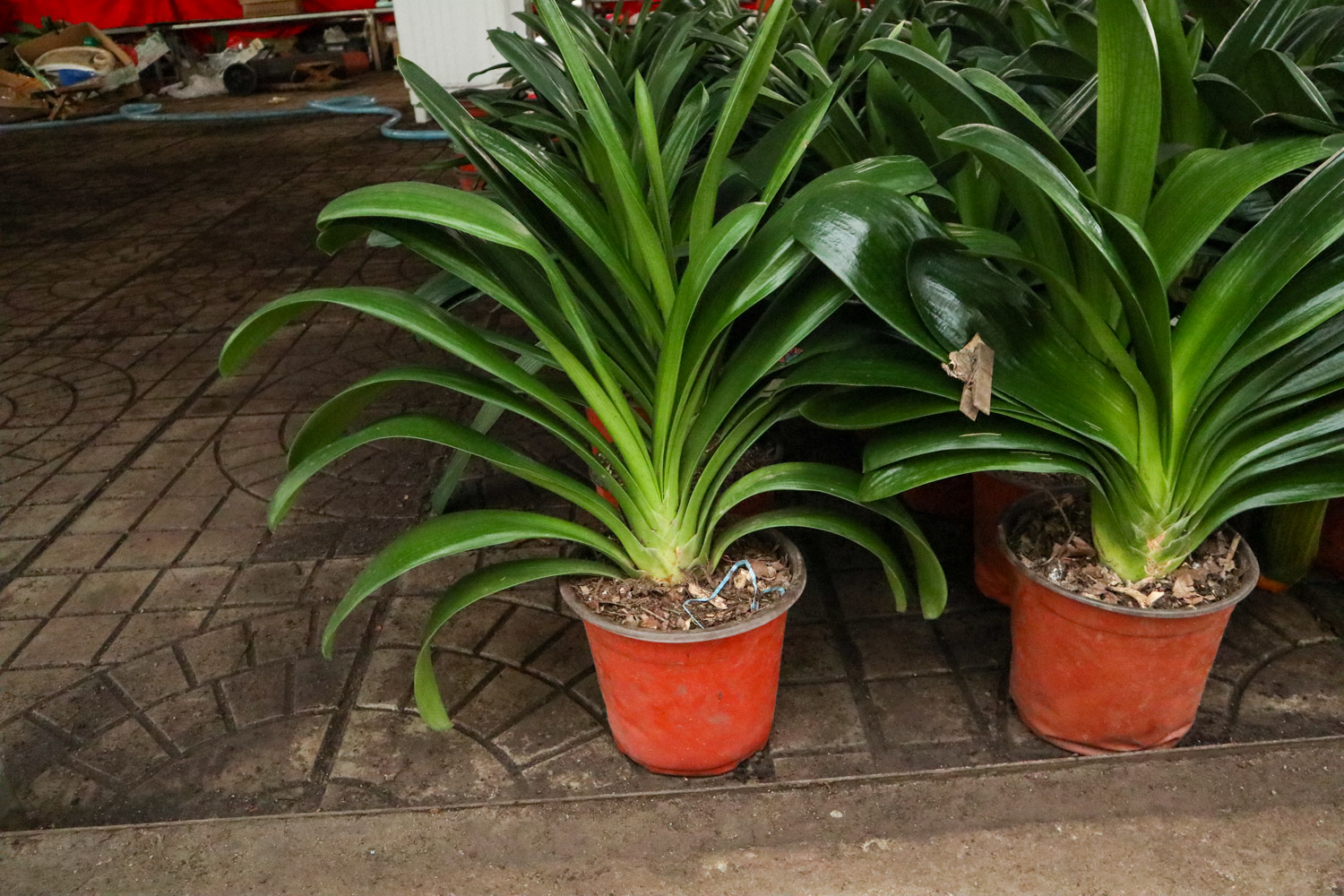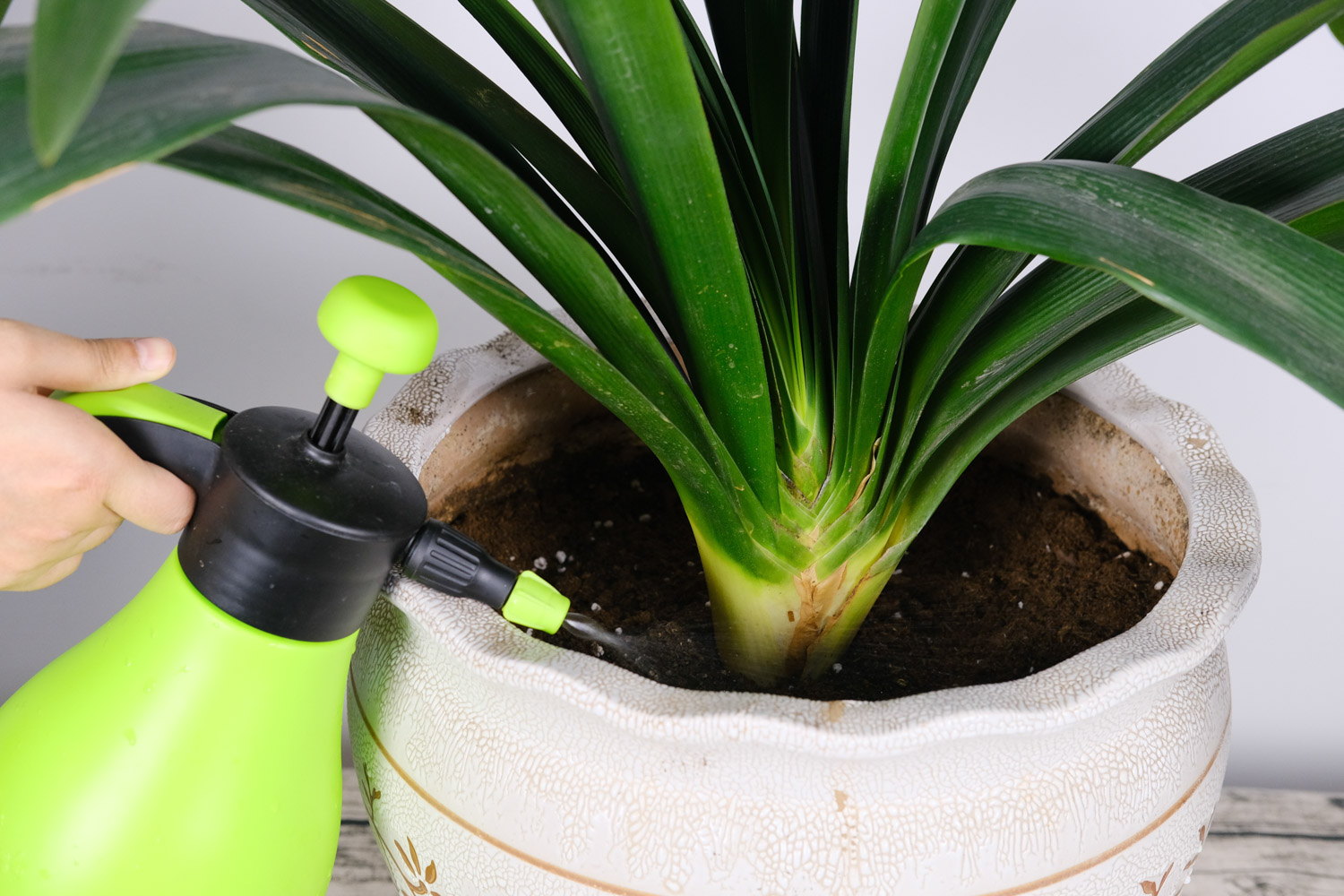1、 What season does it bloom
Clivia usually blooms in spring and summer, and the time is about June to July. If the environment is suitable and the maintenance is proper, the plant can bloom in all seasons, and the flowering period is 30-50 days. It will draw out flower arrows before flowering, and the flowers grow at the top. Generally, several flowers form an umbrella. Each flower is orange, funnel-shaped and has 6 petals

2、 How to raise flowers
1. Increase light: Clivia is a plant that likes half shade, but half shade does not mean no light. If you want it to bloom, you must provide an appropriate amount of light. Its own short sunshine characteristics determine that it cannot receive light for a long time, otherwise it will affect the formation of flower buds. It can provide 6-8 hours of light every day, and do not exceed 2 hours in high temperature season in summer

2. Temperature control: Clivia is suitable for growing in a warm environment, as is flowering. If the temperature is too high, the plant will enter a semi dormant state. At this time, the flower arrows may not grow and naturally cannot bloom. If the temperature is too low, the plant will be easily frostbitten and will also affect its flowering. Generally, the temperature should be controlled at about 20 ℃
3. Proper fertilization: proper fertilization can supplement nutrients for Clivia, which can also help it bloom. The first is to apply enough base fertilizer when changing pots, and then apply proper topdressing during the growth period. Fertilizer is divided into solid fertilizer and liquid fertilizer. Solid fertilizer includes cake fertilizer, bone meal, etc. liquid fertilizer is mostly made by mixing retted organic fertilizer with water. Phosphorus and potassium fertilizer can be supplemented before flowering, and nitrogen fertilizer can be applied less

3、 What about an arrow
Clivia arrow is a common phenomenon. There are many reasons for this phenomenon, such as too low temperature, insufficient nutrition, lack of oxygen in basin soil, too small temperature difference, root rot and so on. Different treatments are required for different reasons. The first is to control the temperature at about 20 ℃, the second is to apply fertilizer appropriately and ensure sufficient water. In addition, it should be noted that the temperature difference between day and night is between 5-8 ℃. If the rotten roots are removed, prune them, and then plant them again

 jackfruit
jackfruit snake plant
snake plant hibiscus
hibiscus hydrangea
hydrangea lavender
lavender Green roses climb al...
Green roses climb al... If you don't pay att...
If you don't pay att... Management of four g...
Management of four g...
































